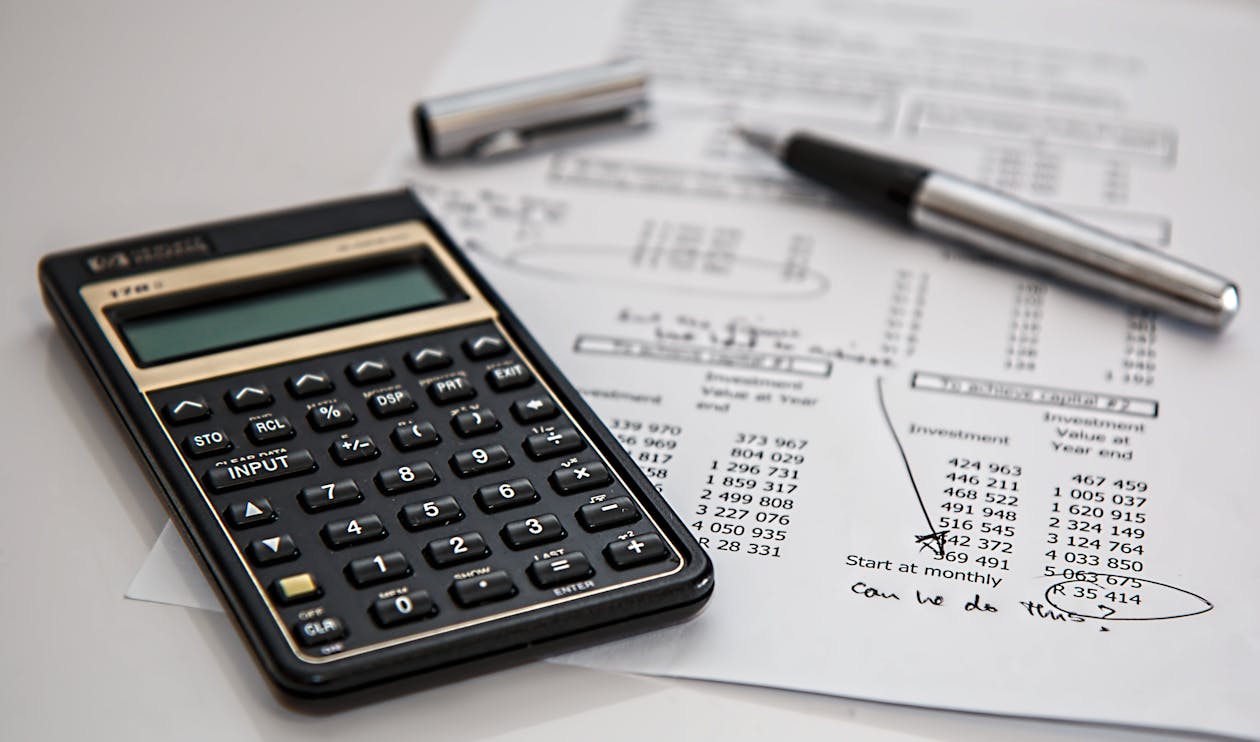It’s estimated that over 191 million Americans have credit cards, with the average credit card holder having at least 2.7 cards.
While there are many benefits attached to credit cards, such as building credit and increasing purchasing power, it can be all too easy to miss credit card payments and find yourself in debt. So how about getting out of credit card debt?
If you’re in this predicament, you may be wondering how to get out of credit card debt quickly. There are certain factors that can affect this, such as the amount of debt you’re in. Just remember, if you’re in credit card debt, you’re not alone.
5 Actions You Need To Take For Getting Out Of Credit Card Debt
To successfully pay off your credit card debt will take some grafting from you. Here are some actionable tips for getting out of credit card debt.
You can take it now to clear your credit card debt.
1. Ask For Help
You’re bound to feel overwhelmed if you’re in a ton of credit card debt. However, rather than burying your head in the sand, it’s time to ask for help and support. This may involve speaking to a credit counseling agency.
They can put you back on the right track and improve your financial situation. If you need help getting out of credit card debt? You always have to find the most suitable helping advisers for it. Now, most banks are offering services for credit card debt support. So you can avail of it.
Alternatively, you can contact Tally, who is a specialist in credit card management. They can provide help in getting your credit card debt paid off faster. Whatever you do, don’t put your debt off. If you do, you will accrue more debt which will make it harder to get out of.
2. Establish Your Finances
The first action toward getting out of credit card debt is by assessing your financial situation. This involves devising a list of everything you owe.
You should include credit card debt and other monthly bills too. Your overall debt should factor in the balance and annual percentage rate, or APR (the price you are charged to borrow money) for every credit card you own.
Analyzing each card’s APR and balance will help you establish what methods to use to reduce your debt.
You may find it more beneficial to tackle the debt with the largest interest rates first. Make sure to compare your expenses and debts with your income too. This can include items like a mortgage or rent debt, credit card balances, and loan debt.
3. Prioritize Your Spending
After assessing your finances, it’s time to concentrate on how much you’re spending. To begin, you should pay the lowest quantity on secure debts. Are you failing to make the payments on time? This could see you lose the assets that are funding the loan.
You must pay attention to your student loan debt too. This is because the federal government (which backs the majority of student loan debts) can sanction you financially should you default on student loan repayments.
For instance, the government can garnish your tax refunds, wages, and your Social Security benefits. When working on getting out of credit card debt, it’s advised not to use your credit cards during this time. Instead, pay for things using cash or a debit card. The last thing you want is to rack up further debt.
4. Draw Up A Budget
Once you have prioritized your debts, it’s time to draw up a budget. This will help monitor how much you’re spending and give you better control on decreasing and getting out of credit card debt.
It will take determination, persistence, and self-discipline to get rid of this financial burden. There are online tools you can use to set a budget and ensure you stay within your means.
To free up more money from your budget, it’s time to look at ways you can cut back on expenses whether it’s forfeiting cable TV for the time being. But canceling your gym membership or you have to be well prepared to go without some luxuries as you tackle your debt.
To generate more income, why not consider starting a side hustle? If you have a particular passion for something, you may be able to earn extra money that can be put towards your credit card debt.
5. Alter Your Financial Habits
If you don’t change the behavior that got you into credit card debt, you may slip back into debt quicker than you realize. Once you tackle your credit card debt and get it paid off, the relief will be like nothing else.
Therefore, you don’t want to be in the same position months down the line. If you want to get out of credit card debt fast, you always have to revise your financial habits. And always learn from your greatest mistakes.
You need to understand the difference between ‘wants’ and ‘needs.’ Necessities include food, clothing, and housing, whereas luxuries are things like a Netflix subscription or going on vacation. Once you’ve cleared your credit card debt, it’s wise to set up an emergency fund of cash. That way, you have money when you need it without the need to use a credit card.
Conclusion:
If you’ve found yourself in a mountain of credit card debt, with the proper knowledge and tools, you will soon be on the path to conquering that mountain and becoming debt-free. Remember, you don’t have to tackle your credit card debt alone. There are people out there like credit counselors who can provide support and guidance. They are also willing to help you to get out of credit card debt.
Read Also:



























